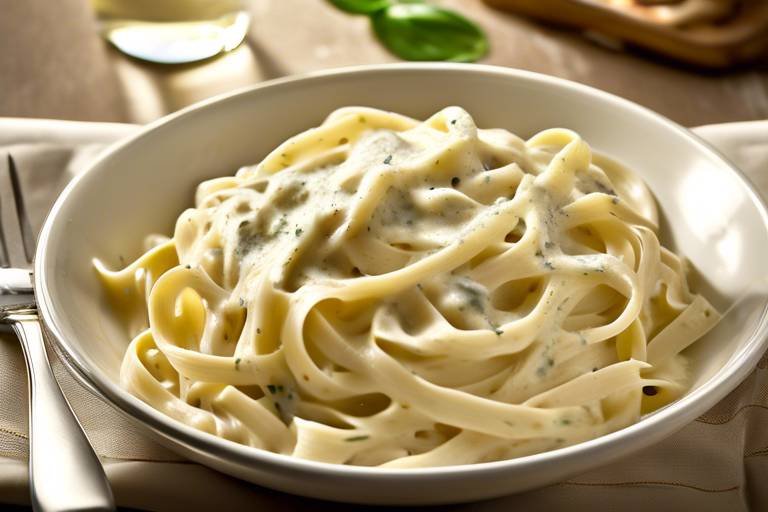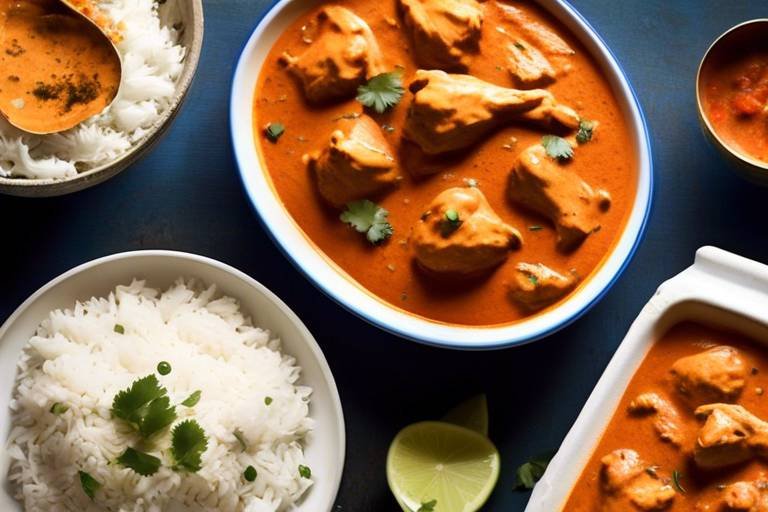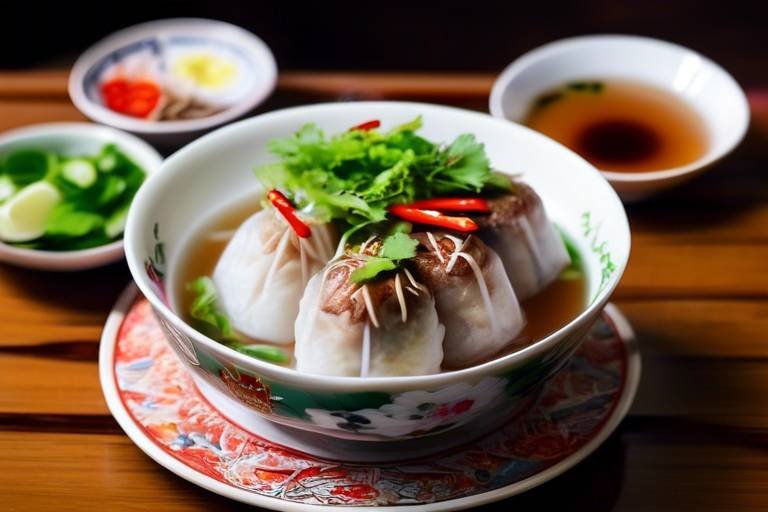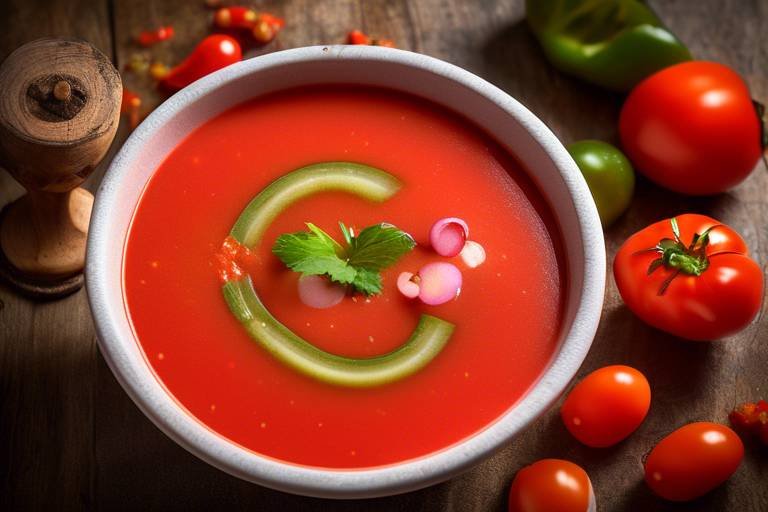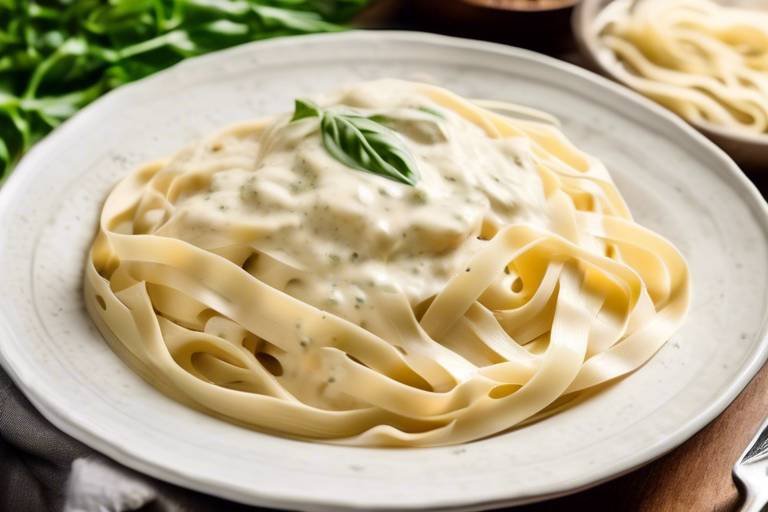Exploring the Flavors of Traditional Indian Biryani
Indian Biryani, a dish that ignites a symphony of flavors with every bite, is a culinary masterpiece that has captured the hearts and palates of food enthusiasts worldwide. Originating from the Mughal era, this aromatic rice dish has evolved over centuries, blending influences from various cultures and regions to create a gastronomic delight like no other.
As we delve into the history of Biryani, we uncover a rich tapestry of culinary heritage, with each region of India offering its unique twist on this beloved dish. From the royal kitchens of Hyderabad to the bustling streets of Kolkata, the diversity of regional varieties showcases the vibrant culinary landscape of the country.
The key to Biryani's irresistible taste lies in its carefully selected ingredients. Fragrant basmati rice, aromatic spices like cardamom and saffron, tender meat marinated in yogurt and spices - each component plays a crucial role in creating the perfect harmony of flavors that define this dish.
When it comes to cooking methods, the Dum technique reigns supreme in the world of Biryani. Slow-cooked in a sealed pot, the flavors are allowed to meld together, creating a dish that is as nuanced as it is delicious.
Serving Biryani is an art form in itself, with garnishes of fried onions and fresh herbs adding a burst of flavor and color to the dish. Pairing it with cooling raita and spicy mirchi ka salan elevates the dining experience, creating a perfect balance of tastes and textures.
Biryani isn't just a dish; it's a cultural symbol deeply embedded in the fabric of Indian society. From weddings to festivals, this flavorful rice dish is a centerpiece of celebrations, bringing people together and creating lasting memories around the dining table.
Despite its indulgent flavors, Biryani offers a surprising array of health benefits. Packed with protein, carbohydrates, and spices known for their medicinal properties, this dish is a wholesome meal that nourishes both the body and the soul.
Witnessing the global popularity of Biryani is a testament to its universal appeal. From the bustling streets of New York to the vibrant markets of Dubai, this iconic dish has transcended borders and cultures, finding a place in the hearts of food lovers worldwide.
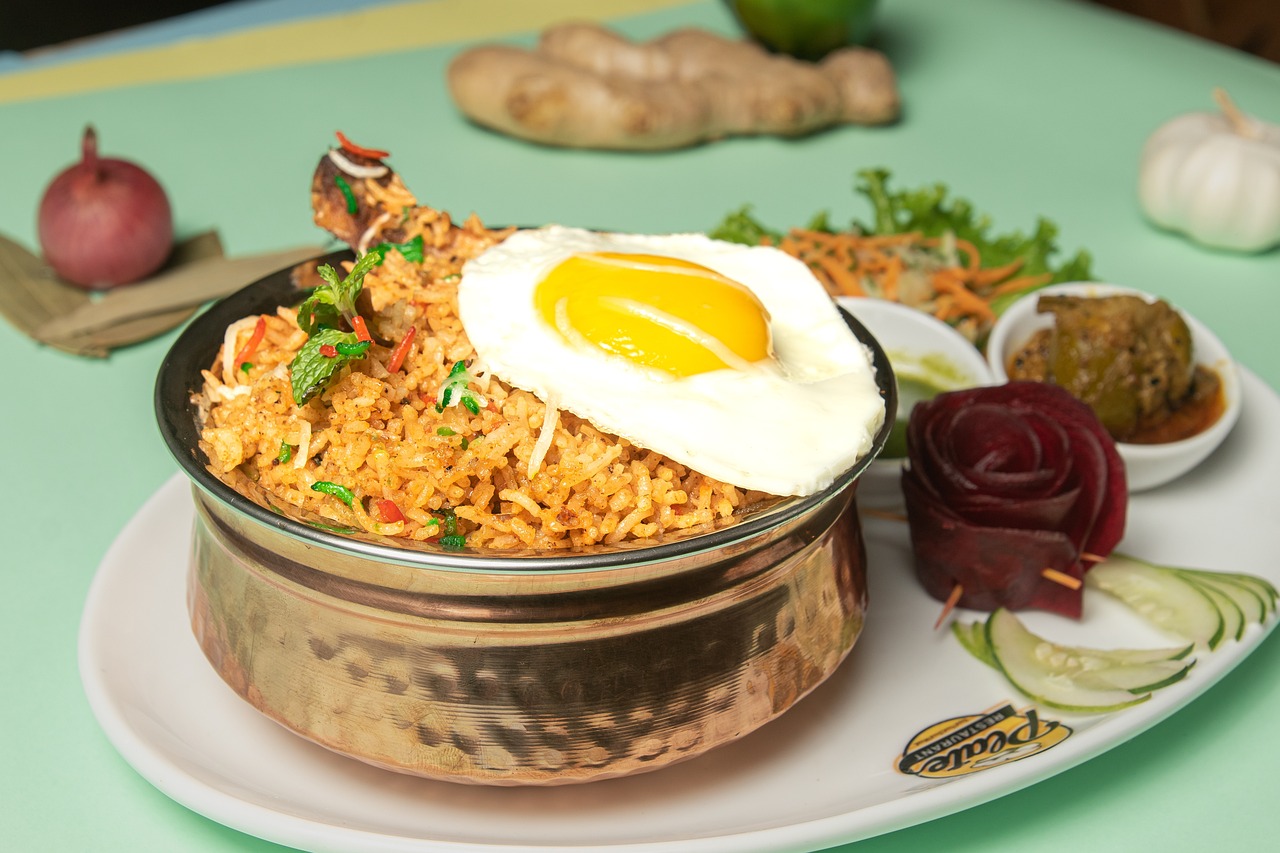
History of Biryani
The history of biryani is a rich tapestry woven with threads of culture, tradition, and culinary excellence. This iconic Indian dish has a lineage that can be traced back centuries, with roots that delve deep into the annals of history. Biryani's origins are believed to have emerged from the kitchens of the Mughal emperors, where skilled chefs concocted this flavorful masterpiece fit for royalty. Over time, biryani has evolved and adapted, influenced by various cultures and regions, each adding a unique twist to this beloved dish.
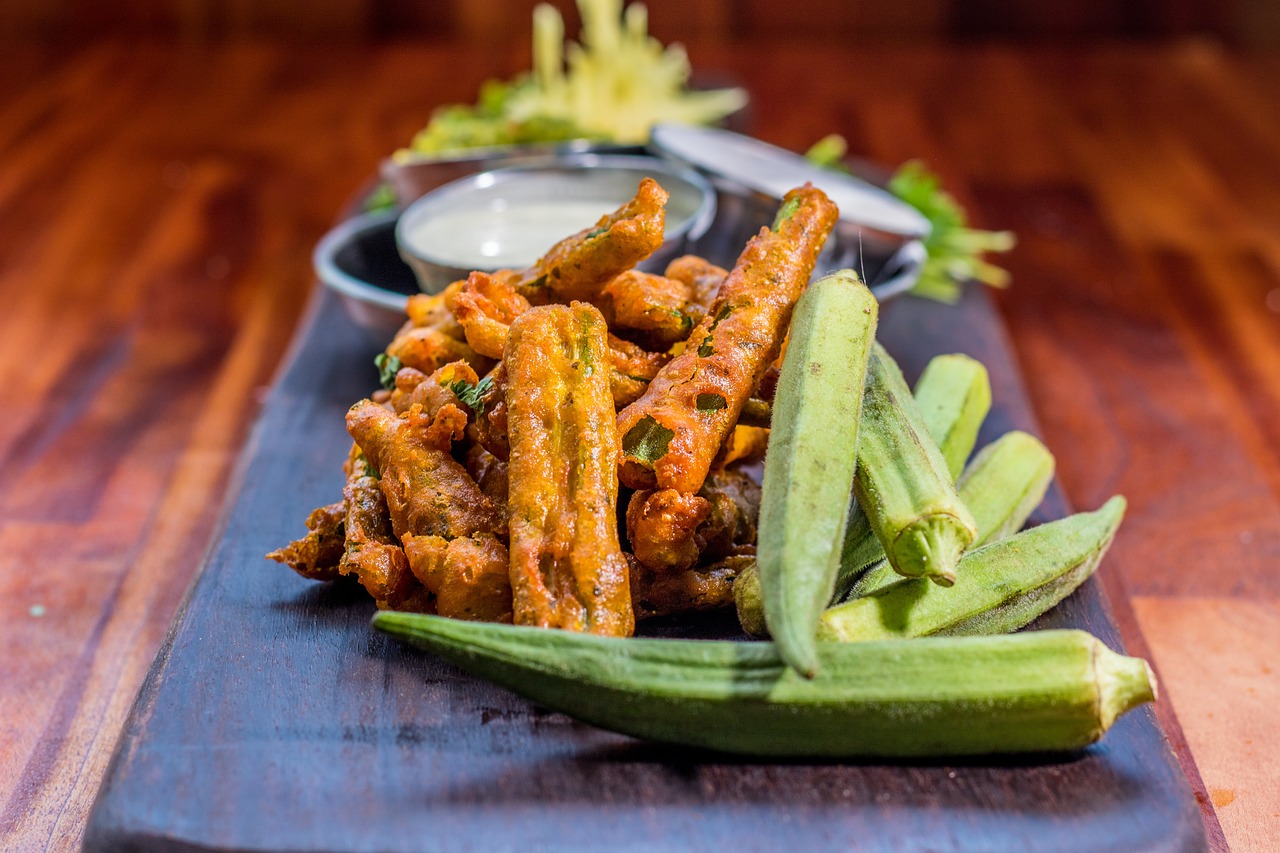
Regional Varieties
When it comes to biryani, the regional varieties found across India offer a culinary journey like no other. Each region boasts its own unique style of biryani, influenced by local ingredients, cooking techniques, and cultural traditions. From the fragrant Hyderabadi biryani to the spicy Kolkata biryani, the diversity in flavors and aromas is truly captivating.
In Hyderabad, the Hyderabadi biryani reigns supreme with its blend of fragrant basmati rice, tender meat, and a perfect balance of spices. Cooked using the Dum method, where the ingredients are layered and slow-cooked in a sealed pot, this biryani is a true labor of love that results in a melt-in-your-mouth experience.
On the other hand, the Kolkata biryani takes a spicier approach, infused with a unique blend of spices that sets it apart from its counterparts. With the addition of potatoes and boiled eggs, this biryani offers a delightful twist that appeals to those with a penchant for bold flavors.
Heading south to Kerala, the Thalassery biryani showcases a coastal influence with its use of fragrant Malabar spices and aromatic short-grain rice. This biryani is a harmonious blend of flavors, reflecting the rich culinary heritage of the region.
Meanwhile, in Lucknow, the Awadhi biryani boasts a royal legacy with its rich and indulgent preparation. Made with long-grain rice, tender meat, and a generous dose of saffron, this biryani is fit for royalty and offers a luxurious dining experience.
As you traverse through the diverse regional varieties of biryani in India, each bite tells a story of tradition, innovation, and a deep-rooted love for culinary excellence.
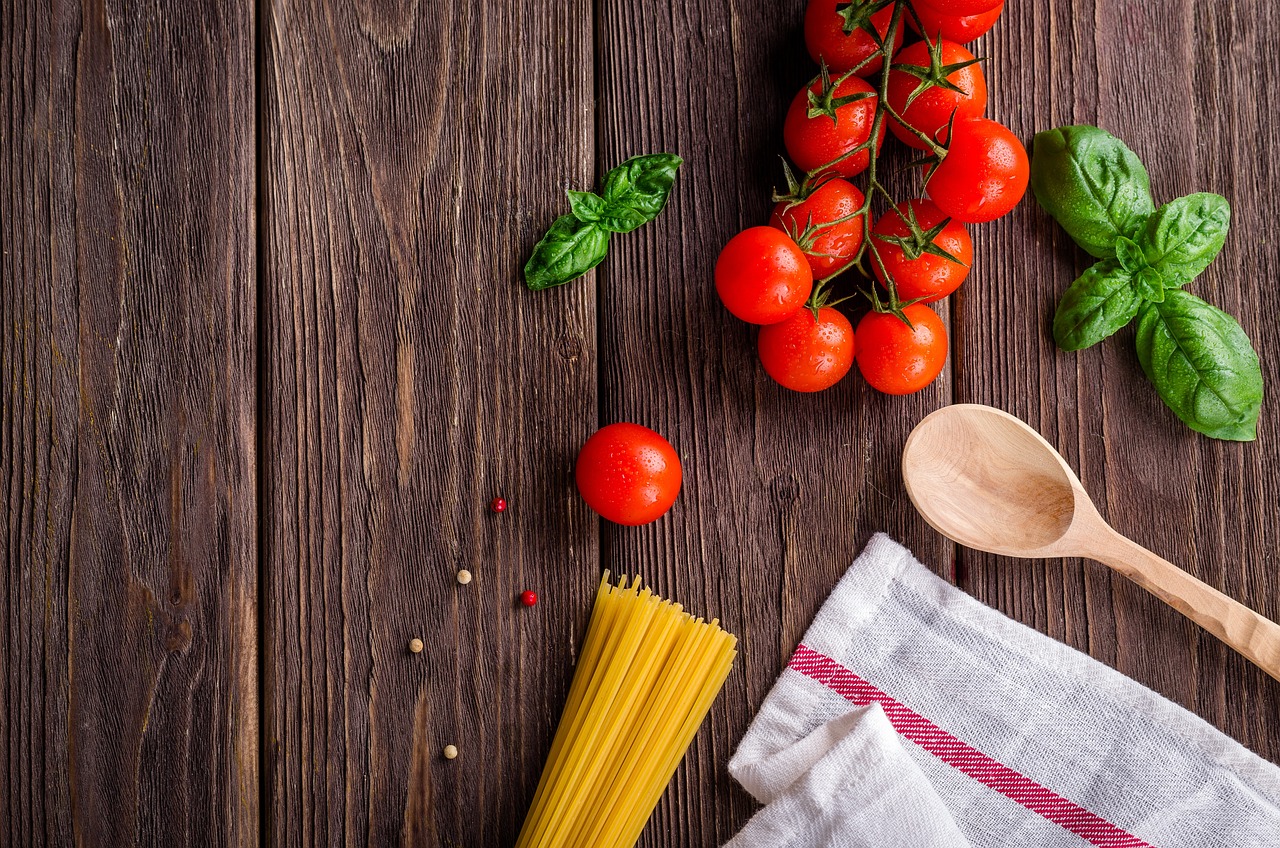
Key Ingredients
When it comes to creating the irresistible flavors of traditional Indian biryani, the key ingredients play a crucial role in defining this iconic dish. Each component contributes to the rich and aromatic taste that biryani is known for, making it a favorite among food enthusiasts worldwide.
At the heart of any biryani recipe is the fragrant basmati rice, renowned for its long grains and subtle aroma that perfectly absorbs the flavors of the spices and meat. This high-quality rice provides the essential base for the dish, ensuring a fluffy and flavorful texture with every bite.
Aromatic spices are another essential element in biryani, adding depth and complexity to the dish. From fragrant whole spices like cardamom, cloves, and cinnamon to ground spices such as cumin, coriander, and turmeric, each spice contributes to the unique flavor profile of the biryani, creating a harmonious blend of tastes and aromas.
Tender meat, whether it's succulent pieces of chicken, lamb, or goat, is a key component that adds protein and richness to the biryani. The meat is often marinated in a flavorful mixture of yogurt, spices, and herbs, enhancing its taste and tenderness before being layered with the rice for cooking.
Flavorful marinades made from a combination of yogurt, ginger-garlic paste, green chilies, and fresh herbs like mint and cilantro infuse the meat with a burst of flavor, ensuring that each bite is packed with deliciousness. These marinades not only tenderize the meat but also add a depth of flavor that sets biryani apart from other rice dishes.
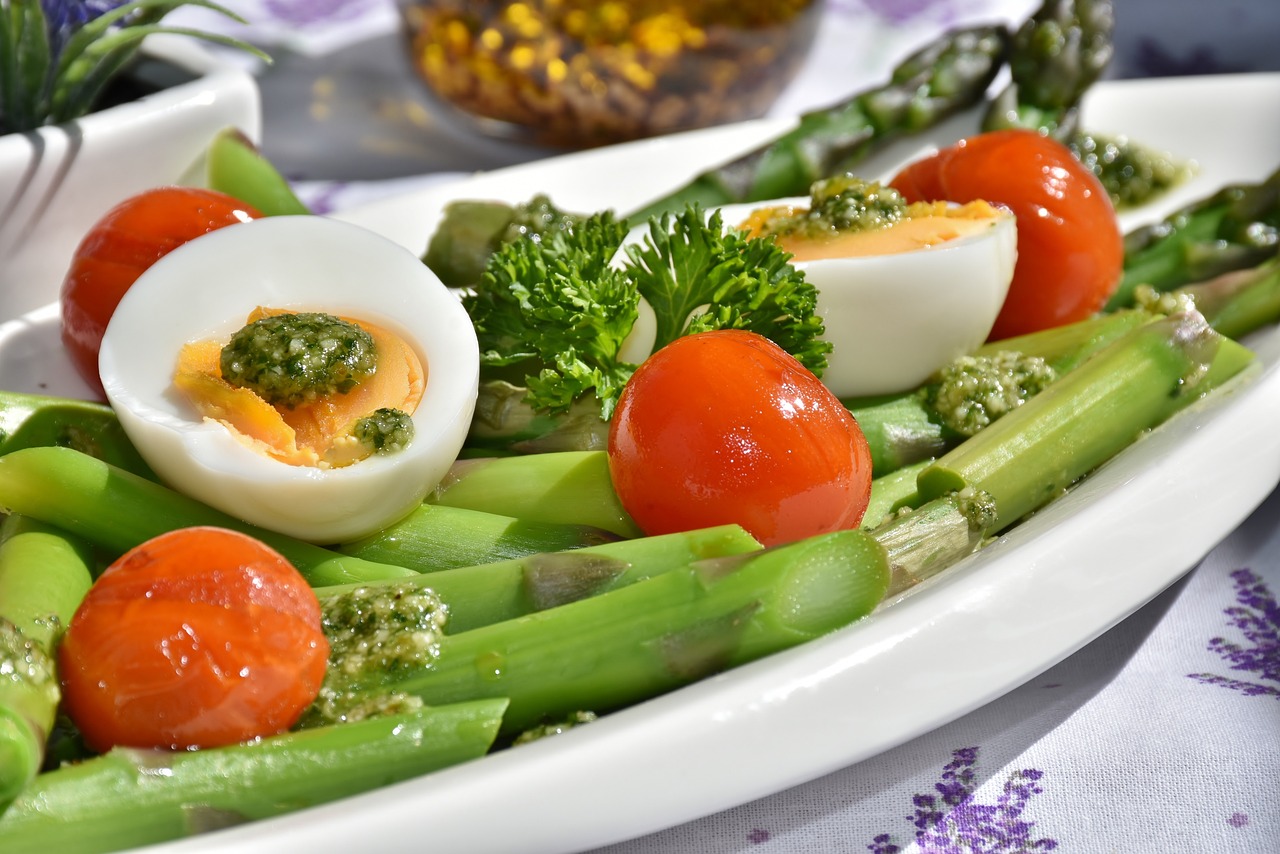
Cooking Methods
When it comes to preparing the iconic dish of biryani, one cannot overlook the traditional cooking methods that have been passed down through generations. One of the most renowned techniques is the Dum method, where the biryani is slow-cooked in a sealed pot. This method allows the ingredients to meld together harmoniously, creating a dish bursting with flavors and aromas. The slow cooking process ensures that the meat is tender, the rice is perfectly cooked, and the spices infuse every grain.
In the Dum method, the pot is sealed with dough to trap the steam inside, creating a pressure cooker effect that cooks the biryani evenly. This technique originated in Persia and was brought to India by the Mughals, who perfected the art of cooking biryani using this method. The slow cooking process allows the flavors to intensify, resulting in a rich and decadent dish that is a feast for the senses.
Another popular cooking method for biryani is the Kacchi style, where raw marinated meat is layered with partially cooked rice and slow-cooked together. This method requires precision and skill to ensure that the meat is cooked to perfection without overcooking the rice. The layers of meat and rice are allowed to meld together, creating a dish where every bite is a burst of flavors.
Each region in India has its own variation of cooking biryani, with different methods and techniques that reflect the unique culinary traditions of that area. Whether it's the Awadhi style of Lucknow, where the biryani is cooked on a slow fire, or the Malabar style of Kerala, where coconut milk is used to enhance the flavors, each region brings its own twist to this beloved dish.
Overall, the cooking methods used to prepare biryani are a testament to the rich culinary heritage of India, showcasing the diverse techniques and flavors that make this dish a true gastronomic delight.

Serving and Accompaniments
When it comes to serving biryani, presentation is key to enhancing the dining experience. The aromatic dish is traditionally garnished with a generous sprinkle of crispy fried onions, adding a delightful crunch and depth of flavor to each bite. Fresh herbs like mint and cilantro are often used to garnish the biryani, not only adding a pop of color but also infusing a refreshing herbal note into the dish.
Pairing biryani with the right accompaniments can elevate the flavors and balance the richness of the dish. One popular side dish is raita, a cooling yogurt-based condiment mixed with cucumbers, tomatoes, and spices. The creamy texture and tangy flavor of raita complement the spiciness of the biryani, creating a harmonious combination that tantalizes the taste buds.
For those who enjoy a bit of heat, mirchi ka salan is a traditional accompaniment that adds a spicy kick to the meal. This tangy and spicy chili curry is made with a unique blend of roasted peanuts, sesame seeds, and tamarind, creating a complex flavor profile that contrasts beautifully with the richness of the biryani.
Setting the table for a biryani feast is an art in itself, with each element carefully curated to enhance the overall dining experience. From the vibrant colors of the garnishes to the contrasting flavors of the accompaniments, every detail plays a crucial role in creating a memorable meal that celebrates the rich heritage and flavors of traditional Indian cuisine.

Cultural Significance
When delving into the cultural significance of biryani in Indian society, one must understand that this dish is more than just a meal; it is a symbol of togetherness, celebration, and tradition. Biryani holds a special place in the hearts of Indians, being a staple at various occasions ranging from weddings to festivals. Its rich and aromatic flavors bring people together, creating a sense of unity and joy around the dining table.
Furthermore, biryani is not just a dish but a reflection of India's diverse culinary heritage. Each region in India has its own unique take on biryani, showcasing the country's rich tapestry of flavors and cooking techniques. Whether it's the fragrant Hyderabadi biryani or the fiery Kolkata biryani, each variant tells a story of the region it hails from, encapsulating the essence of local traditions and ingredients.
The act of preparing and sharing biryani is steeped in tradition and symbolism. It is often a labor of love, requiring time, patience, and skill to perfect. Families come together to cook and enjoy this dish, passing down recipes from one generation to the next. The aroma of biryani wafting through the air is not just a scent but a reminder of cherished memories and shared experiences.
Moreover, biryani transcends boundaries and unites people from all walks of life. It is a dish that knows no social barriers, enjoyed by both the rich and the poor alike. In a country as diverse as India, biryani serves as a common thread that connects people, fostering a sense of belonging and camaraderie.
In essence, biryani is more than just a culinary delight; it is a cultural phenomenon that embodies the spirit of India. Its significance goes beyond the plate, representing the values of hospitality, tradition, and community that are deeply ingrained in Indian culture.

Health Benefits
When it comes to the health benefits of traditional Indian biryani, this iconic dish offers more than just a delicious culinary experience. The balanced mix of protein, carbohydrates, and spices in biryani provides a wholesome meal that can be beneficial for your overall well-being. Let's delve into how indulging in a plate of biryani can actually be good for you.
One of the key components of biryani is the fragrant basmati rice, which is a good source of carbohydrates. These carbohydrates provide the necessary energy to fuel your body and keep you feeling full and satisfied. Paired with the protein from the tender meat, biryani offers a well-rounded meal that can help in muscle repair and growth.
Moreover, the aromatic spices used in biryani not only enhance the flavor but also come with potential health benefits. Spices like turmeric, cumin, and coriander are known for their anti-inflammatory and antioxidant properties, which can boost your immune system and promote overall health.
Additionally, the slow-cooking method of preparing biryani, such as the Dum method, helps in retaining the nutrients and flavors of the ingredients. This means that you get the maximum nutritional value from the dish, ensuring that you not only enjoy a flavorful meal but also reap the health benefits it has to offer.
Furthermore, the combination of spices in biryani is not only for taste but also for their medicinal properties. For example, cloves are known for their antibacterial properties, while cinnamon can help in regulating blood sugar levels. By incorporating these spices into your diet through biryani, you can potentially improve your overall health.
In conclusion, traditional Indian biryani is not just a dish to satisfy your taste buds; it is a wholesome meal that can offer a range of health benefits. From providing essential nutrients to incorporating medicinal spices, biryani can be a flavorful and nutritious addition to your diet, promoting both good taste and well-being.
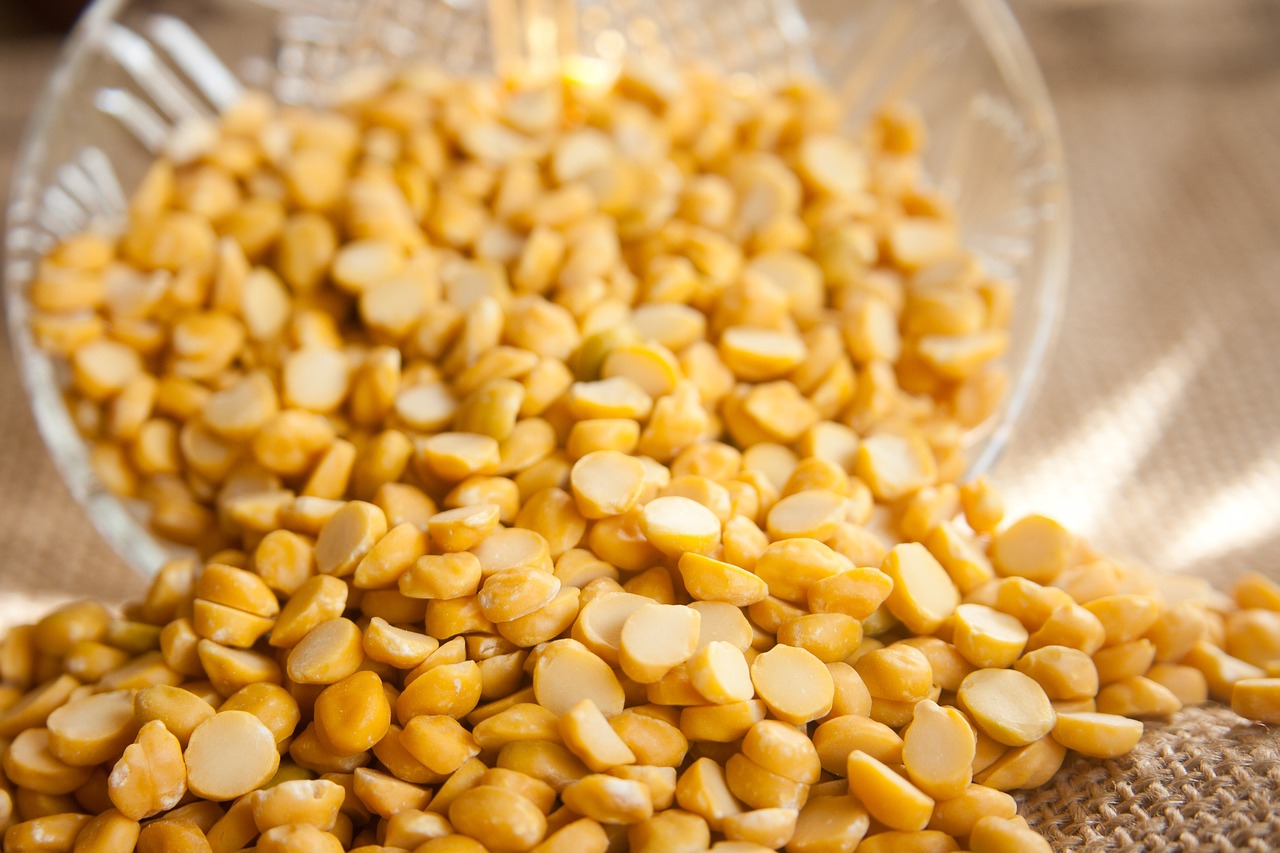
Global Popularity
The aromatic and flavorful dish of biryani has transcended borders and captured the hearts (and taste buds) of people worldwide. From the bustling streets of New York City to the vibrant markets of London, biryani has made its mark as a beloved culinary delight that knows no bounds. Its rich history and diverse regional variations have contributed to its global popularity, with each adaptation offering a unique twist on this classic dish.
As food enthusiasts and culinary adventurers seek new and exciting flavors, biryani has emerged as a standout choice, drawing in a global audience eager to experience the explosion of tastes and textures that this dish has to offer. Whether it's the fragrant spices of a Pakistani biryani or the subtle sweetness of a Malaysian version, biryani continues to surprise and delight palates around the world.
Restaurants and food trucks alike have embraced biryani, incorporating it into their menus and showcasing the versatility of this dish. Its ability to be customized and adapted to suit different preferences has only added to its appeal, making it a go-to option for those craving a satisfying and flavorful meal.
With social media platforms buzzing with tantalizing images and rave reviews of biryani, its global popularity shows no signs of slowing down. As more people discover and savor the complexities of this dish, its reputation as a culinary masterpiece continues to grow, solidifying its place as a true global sensation.
Frequently Asked Questions
- What is the origin of biryani?
Biryani has a rich history dating back centuries, originating in the Indian subcontinent and influenced by various cultures such as Mughal, Persian, and Turkish. The dish evolved over time, incorporating local ingredients and cooking techniques to create the diverse regional varieties we enjoy today.
- What are the key ingredients in biryani?
Biryani typically consists of fragrant basmati rice, a blend of aromatic spices like cardamom and saffron, tender meat such as chicken, lamb, or goat, and flavorful marinades or gravies. The combination of these ingredients gives biryani its distinctive taste and aroma.
- How is biryani traditionally cooked?
One of the traditional cooking methods for biryani is the Dum method, where the dish is slow-cooked in a sealed pot to trap the steam and flavors, resulting in a moist and flavorful rice dish. This technique allows the ingredients to cook together slowly, infusing the rice with the essence of the spices and meat.
- What are the health benefits of biryani?
Biryani offers a balanced mix of protein from the meat, carbohydrates from the rice, and various spices known for their medicinal properties. The inclusion of ingredients like turmeric, cinnamon, and cloves not only enhance the flavor but also provide potential health benefits such as anti-inflammatory and digestive properties.
- How has biryani gained global popularity?
Over the years, biryani has transcended borders and gained popularity worldwide, becoming a beloved dish in countries beyond India. Each region has put its own spin on the classic recipe, incorporating local flavors and ingredients to create unique variations that cater to diverse palates.


